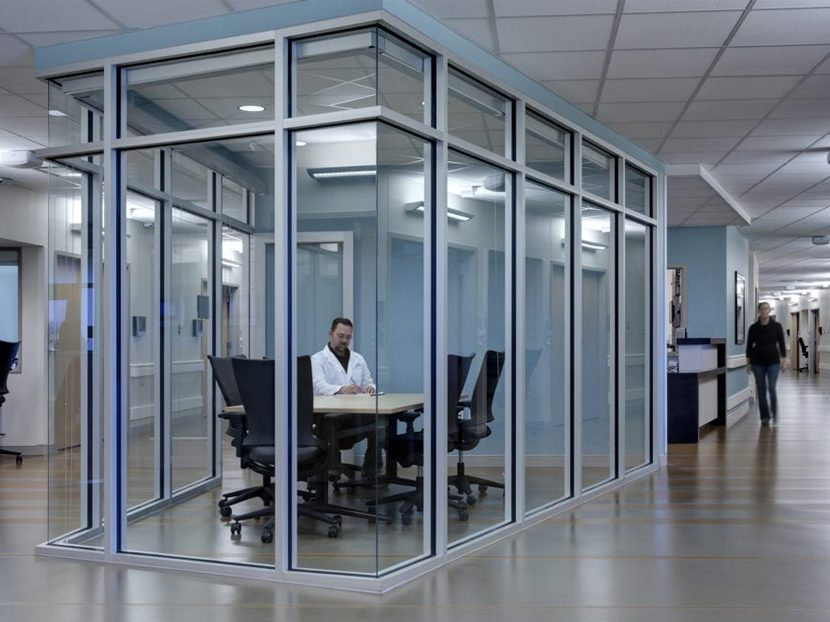Digital Exclusive: Prefab Is Changing Health Care Design, Construction

There have been recent studies and articles comparing productivity changes in the architecture, engineering and construction industry versus other fields. The general conclusions are that every industry has seen an increase in efficiency and productivity except for AEC. Many experts agree the silos that exist between architects, contractors and subcontractors are the primary cause.
Exacerbating the situation is the shortage of skilled labor and craftsmen. Between 2008 and 2012, an estimated 2 million jobs were eliminated from the construction industry during the Great Recession. At least 50 percent of that workforce did not return, resulting in a shortage of labor and creating an environment of uncertainty and unpredictability.
Industry experts believe the health care sector suffered most because health care facilities are more complex than other building types and require a higher level of skill in those positions.
To overcome these obstacles, health care architects, contractors and owners are shifting their paradigm and increasingly moving toward modular design and prefabrication. The industry’s willingness to do this is changing how buildings are delivered in seven specific ways.
- Early team selection: To efficiently deliver prefabrication, input from architects, contractors and subcontractors is needed earlier in the process. For this to happen, the traditional method of hiring an architect first, then a contractor and finally subcontractors does not work. The entire team needs to be at the table when concepts are in development. Collaboration like this is a foreign concept to many owners, and not all will be comfortable with this approach.
This article originally appeared on www.crej.com. Follow this link to continue reading.




